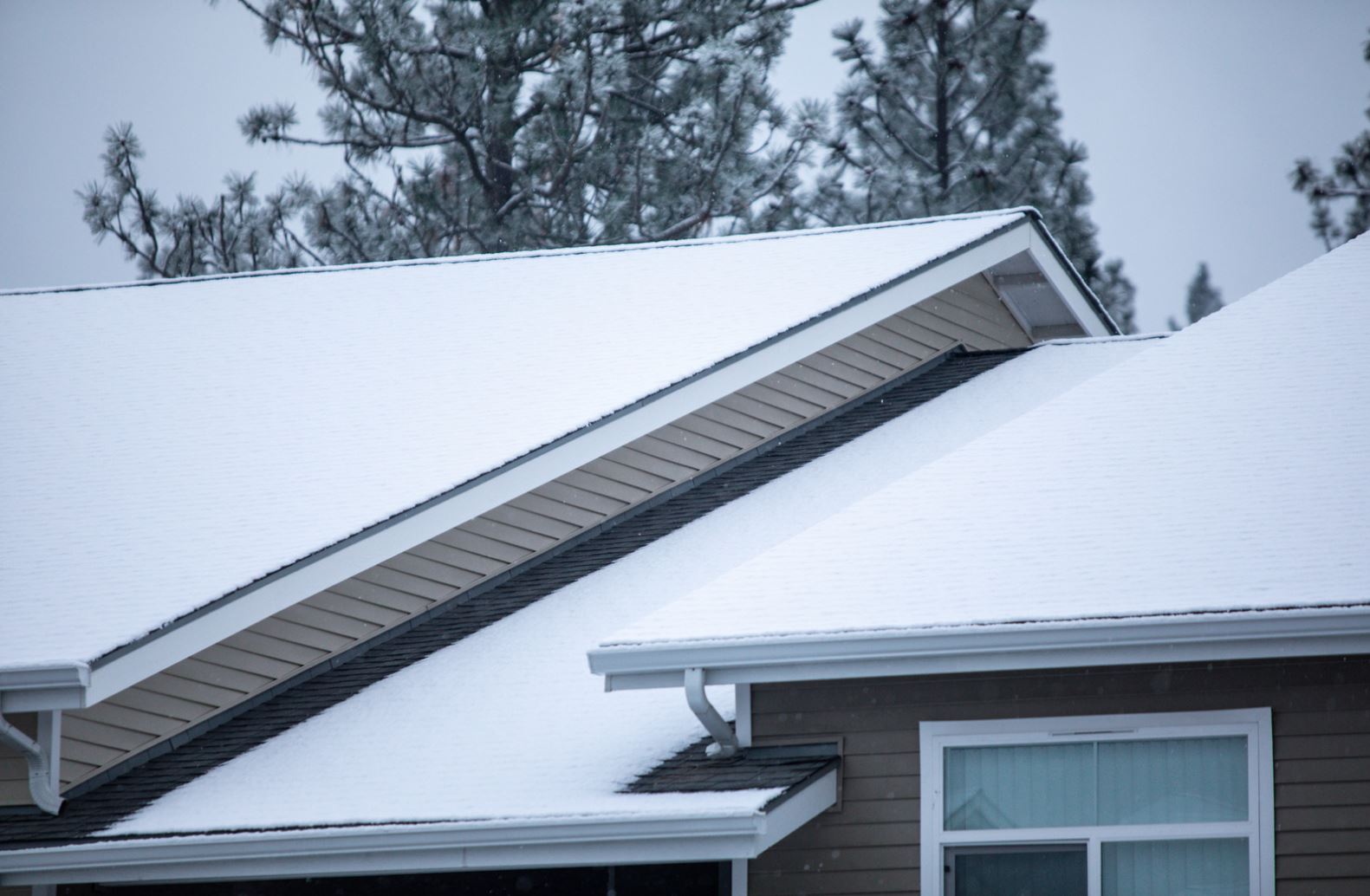A roof provides the single greatest protection to the largest financial investment in many people’s lives — their home. Your roof stands as the primary defense against water damage that can weaken rafters or allow hazardous mold to grow behind walls. Roof problems in winter due to snow, ice, and frigid temperatures can lead to expensive restoration come spring.
If you are a homeowner who has not yet scheduled a roof inspection, these are things to consider regarding potential snow and ice damage to shingles, panels, and structural supports.
Common Impacts of Snow and Ice on a Roof
The ice and snow on roof problems that working families typically experience do not necessarily manifest until the spring thaw. That’s largely because London, Ontario, temperatures keep water frozen as it does its damage. When warmer temperatures return, homeowners sometimes see telltale signs of ice damage to their roofs. Other times, snow on roof problems go unnoticed. These rank among the common roof problems in winter that call for immediate maintenance.
Ice Dams Damage Soffits
Ice damage to roof systems occurs when sunshine warms snow around the gutters and makes it melt. When the sun sets and the temperature dips below freezing, those pools of water freeze. This creates a hard barrier that prevents moisture from running off the roof and moving through gutters. Avoiding ice damage to roof soffits and shingles requires a proactive solution.
Ice Buildups in Gutters
The same type of ice buildup that can occur at the edge of a roof is even more common in gutters. When debris or grit builds up in water mitigation systems, moisture pools at corners and between downspouts. As winter drags on, water hardens, and the ice grows in size and weight. The result is sagging gutters that pull on soffits and damage the structural integrity of roofing systems. Gutter guards can minimize ice build-up and extend the life of your eavestroughs and roof.
Freeze and Thaw Roof Damage
It’s not uncommon for homeowners to underestimate the power of ice. When rainwater puddles and then freezes in concrete cracks, it splits the otherwise strong material apart. The same holds true of ice damage to roof shingles, panels, flashing, and sealants. Over the course of the winter months, snow will thaw and refreeze multiple times. That means any minor crack will likely be forced open until your roof leaks. Fixing them now can prevent expensive repairs.
Roof Leaks Around Skylights and Vents
One of the more common roof problems in winter involves leaking skylights and seepage around ventilation pipes. The sealants that prevent water penetrations are not immune to the effects of the harsh Canadian winter. These materials tend to dry out during arid summer periods as minor cracks form. Although they don’t immediately leak, the impact of thawing and freezing ice enlarges cracks and causes roof leaks. Professional sun tunnels and skylight installers can help prevent these issues from occurring and provide maintenance throughout the year.
Reduce the Impact of Snow and Ice on Your Roof with Professional Roofing Contractors
When the harsh winter weather comes, it can place a lot of stress on your roof. These major issues can be avoided with a scheduled roof inspection before the snow and ice arrive. Although they may seem minor, cracks and buildups in gutters need attention before the winter weather or repairs can become costly. At Davidoff Roofing, we specialize in residential roofing that includes home roof maintenance and inspection. Schedule a roof inspection today with our professional roofing contractors and feel confident that your home will be prepared for winter.
